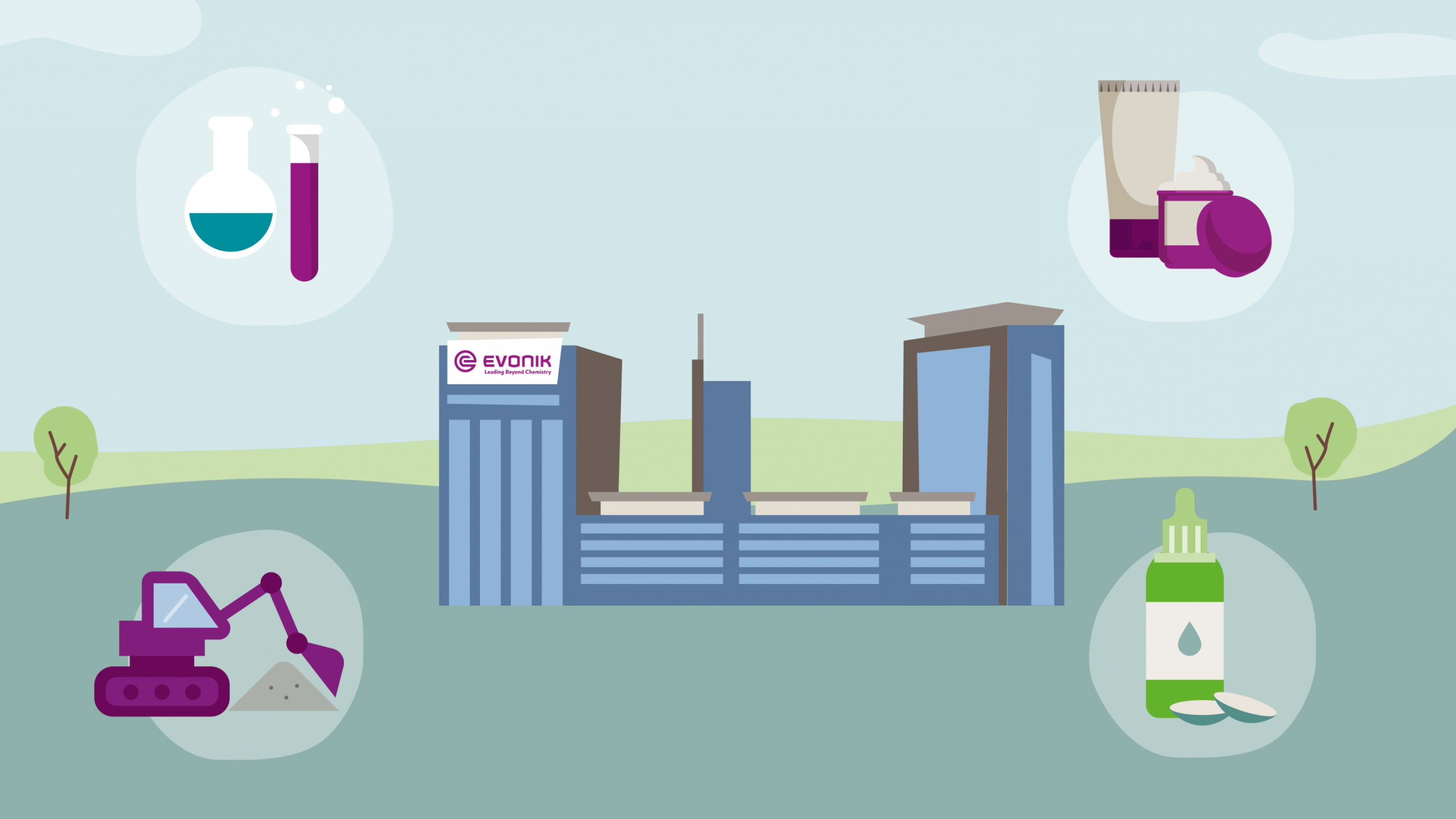What are persulfates?
Persulfates are peroxides, like hydrogen peroxide and peracetic acid. They can oxidize almost all organic compounds. Persulfates are often used in groundwater and soil remediation, but also in other applications. You can read about what persulfates are, how they are produced and why they are sustainable here.
Persulfates (peroxide sulfates) are salts of peroxydisulfuric acid, which has the chemical formula H2S2O8. E. They are colorless and odorless, have a crystalline structure and are usually very easily soluble.
There are different types of persulfates, each suitable for different applications. The best known are potassium persulfate and ammonium persulfate.
As very strong bleaching and oxidizing agents, persulfates are used in environmental applications such as soil and groundwater remediation, and also in chemical syntheses, electronics, and as hair dyes and bleaching agents in pharmaceuticals and cosmetics.
Their special feature: in terms of their oxidizing power, persulfates are surpassed only by fluorine, ozone and oxyfluorides — they are capable of oxidizing almost all organic compounds. Persulfates can decompose on contact with heat and moisture. Evonik Active Oxygens therefore uses state-of-the-art technology to ensure that the persulfates it produces remain stable during storage, transport and use. When handled correctly, persulfates have an excellent shelf life and are also very economical to use, given their high efficacy.
How are persulfates produced?
Persulfates are produced by an electrolytic process. Ammonium, potassium and sodium persulfates are produced at the plant in Tonawanda, New York. The plant is powered by hydroelectricity from nearby Niagara Falls.
Why are persulfates sustainable?
Persulfates are versatile substances. Activated persulfates, which have a significantly higher oxidation effect than alternative materials, are mainly used in soil remediation and the purification of wastewater and groundwater.
They are effective against a wide range of degradation-resistant contaminants in a wide variety of site conditions, such as industrial sites. The aim of remediation using persulfates is to transform these contaminants into fully oxidized end products, such as carbon dioxide.
Persulfates therefore ensure that contaminated soils can be cleaned and remediated effectively and in a resource-saving way — and thus used again.
Depending on the starting material, sodium or potassium as well as sulfate are formed as degradation products during soil and groundwater remediation using activated persulfates. These substances are harmless from a toxicological perspective. Neither is the heavy metal contamination in the soil increased when persulfates are used. But this is only one of many applications.
Persulfates are also useful aids .…
- …in the polymer industry as effective reaction initiators
- …in the electronics industry when cleaning printed circuit boards and in laboratories when cleaning glassware.
- … in paper recycling when reprocessing fibrous materials (de-inking)
- … in the regeneration of bleaching baths in the photographic industry and therefore in the careful use of resources
- …in the production of disinfectants and therefore in health protection.
- …in the recycling of valuable materials, for example lithium from lithium-ion batteries.
